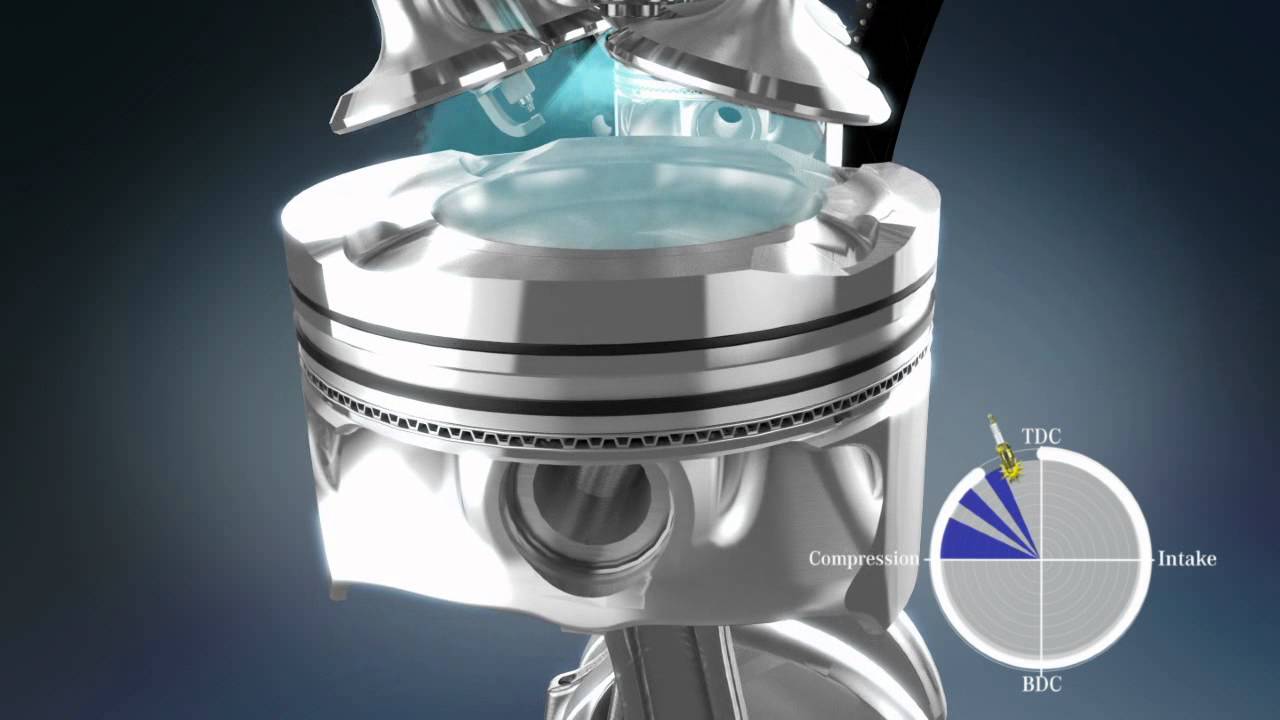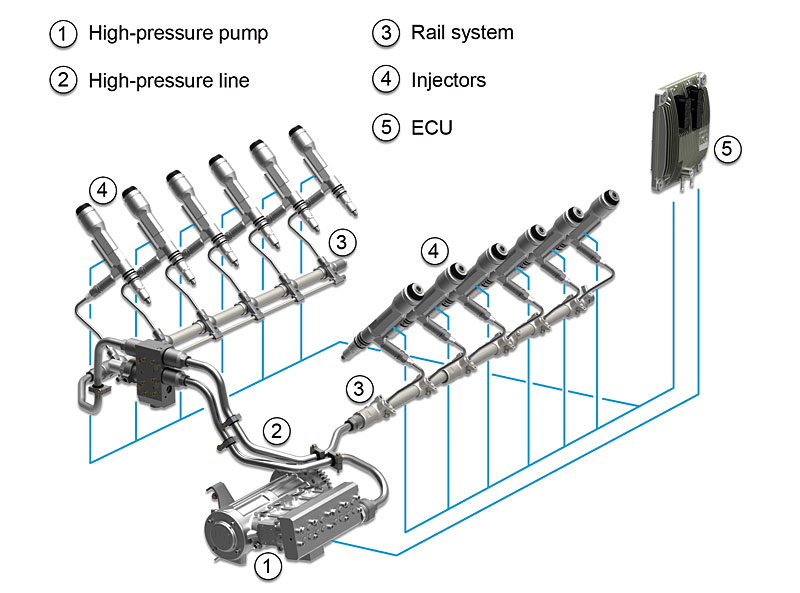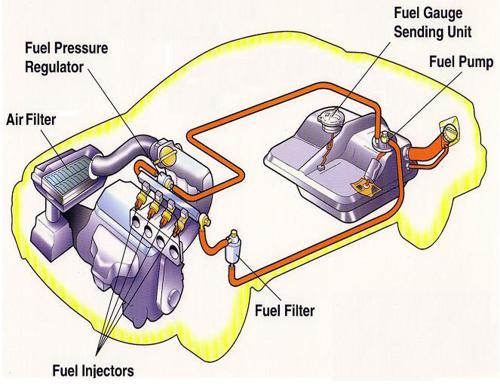Tag: Diesel engine

Reasons why your car oil filter is leaking
by
in AutomobileEven though it would be simple to disregard a few oily drops on your driveway, doing so is never a good idea. A little oil leak might become a bigger, more expensive problem if it is not fixed. Additionally, if the leak gets worse while a car is moving, it might cause the engine to…

Most essential names of car parts and their functions
by
in AutomobileA automobile is a substantial piece of art. An average car contains 30,000 different parts. It’s challenging to remember or even be aware of the names of the countless automotive parts because there are so many of them. Knowing the names of the various automotive parts is really helpful if you’re an engineer or just…

Difference between lean burn and rich burn engine
by
in AutomobileThe terms rich-burn and lean-burn simply refer to the air-to-fuel ratio, or how the engine burns fuel. Excess fuel in the combustion chamber during combustion characterizes a rich-burn engine, while excess air in the combustion chamber characterizes a lean-burn engine. In this article, you’ll learn about the rich burn and lean burn engine, their applications,…

Understanding Lean Burn Engines
by
in AutomobileIn an internal combustion engine, lean burn refers to the combustion of fuel with an excess of air. The air-to-fuel ratio in lean-burn engines can be as low as 65:1. (by mass). In comparison, the air/fuel ratio required to stoichiometrically combust gasoline is 14.64:1. In a lean-burn engine, the surplus air produces significantly fewer hydrocarbons.…

Understanding Common Rail Direct Injection System
by
in AutomobileModern diesel engines use a common rail fuel injection system. Common rail systems offer a level of flexibility that can be used to achieve best-in-class emission control, power, and fuel efficiency. Original Equipment Manufacturers (OEMs) may now design for maximum performance and end-user value across a broad range of machines and applications. For the flexibility…

Difference between drive belt and timing belt
by
in AutomobileWith the article covering both the drive belt and timing belt, we saw they are related, which made us drop their differences. The two are made of the same material and they use to drive different components in internal combustion engines. Their designs are quite different since their position in the engine is not the…

Things you need to know about a drive belt
by
in AutomobileIn an automotive engine, a drive belt also known as a serpentine belt is used to drive various engine components. These components might include a power steering pump, alternator, water pump, air conditioning compressor, etc. The belt is often placed on an idler pulley which serves as a guide or a belt tensioner. This is…

Understanding Cooling System Hoses
by
in AutomobileIn the design of an engine cooling system, hoses of various types are used for coolant circulation. These hoses are of different material properties as some are designed to withstand the heat of coolant whereas others can take just cold coolant. As the engine creates tremendous heat, the cooling system begins to transfer coolant from…

Understanding Radiator Pressure Cap
by
in AutomobileRadiator cap despite how small, its design is so functional and adds good benefit to the working of an engine cooling system. You, reading this article you’re expected to have knowledge of how automotive cooling system works. If you don’t, we’ve got you covered in a fresh post that you should check out. Most drivers…

Things you need to Know about Automobile Radiators
by
in AutomobileBecause engines produce heat, a cooling system that consists of a radiator is employed to keep their working temperature normal. Radiators are heat exchangers used for cooling internal combustion engines, usually in automobiles. Other engines like piston aircraft engines, railway locomotives, motorcycles, stationary generators as well as some other similar engines. Radiators are common types…

Understanding battery used in automobiles
by
in AutomobileAs automotive engines require electrical power to rotate their starter motor, the battery must be employed. it is a rechargeable battery that is used to supply electrical current to a vehicle’s electrical components. apart from starting the engine, it’s one of the major components of an automobile charging system, as it stores currently for further…

Understanding fuel injection system in automobile engines
by
in AutomobileDo you know how fuel is supplied into the combustion chamber in automobile engines? Am sure you not thinking of a carburetor but a fuel injector. They are now bygone most especially for internal combustion engines. An effective process used is known as a fuel injection system. Fuel injection is the introduction of fuel in…

Understanding Wet and Dry Oil Sump System
by
in AutomobileDo you really have basic knowledge of the engine lubrication system, if so, you are familiar with the term oil sump? The basic types are the wet and dry sump which is your purpose here today. The part is a metal dish that covers the bottom of the engine block. It serves as a reservoir…

Understanding Engine Oil Pump
by
in AutomobileSurprisingly, the circulation of oil in an internal combustion engine is achieved by the oil pump. The oil pump is a part of an engine lubrication system that pumps oil under pressure. It pumps oil from the sump through the galleries to the rotating bearing, the sliding pistons, and the camshaft of the engine. The…

Working and effectiveness of a propeller shaft
by
in AutomobileA propeller shaft is a component in automobile engines that transmit power from the gearbox to the differential. it is also used in a boat and flying machine. The shaft is also known as a driveshaft, driving shaft, tail shaft, or even Cardan shaft. What is a Propeller Shaft? Propeller shafts are also said to…

Difference between 2 stroke and 4 stroke engines
by
in AutomobileIf you look around almost all mechanical devices are powered by either 2-stroke or 4-stroke engines. These two engines have an effective role in our daily lives, from the transportation aspect to the small portable devices they power. Though these engines are both internal combustion, their working principle is totally different. The existence of 2…

Applications, Pros and Cons of Two-Stroke Engines
by
in AutomobileTwo-stroke engines tend not to be common with the four-stroke engines, because it is designed to power small devices. Unlike the four-stroke that powers almost every car and truck on the road today. It is important to know what differentiates these engines, which have been clearly examined in another article. The purpose of the post…

Understanding two-stroke diesel and gasoline engines
by
in AutomobileTwo-stroke, which are known as two-cycle engines are types of internal combustion engines that work differently from four-stroke engines. In this situation, it takes two strokes to complete a power cycle. That is, the upward and downward movements of the piston are one revolution of the crankshaft. The dissimilarity with the four-stroke engine is that…



















